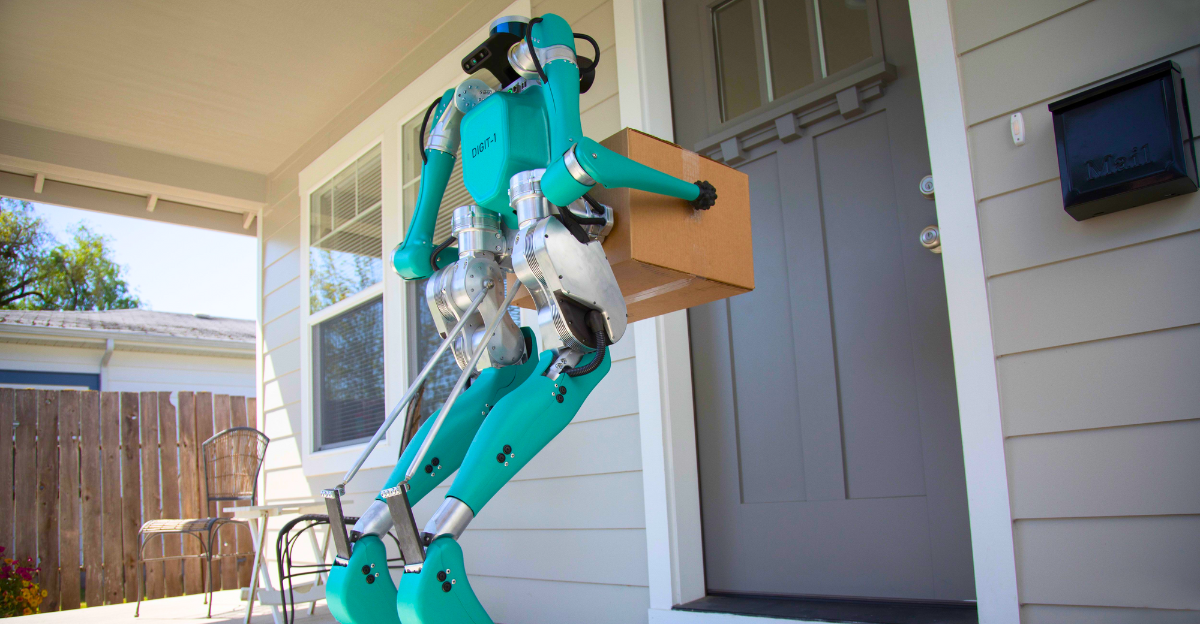
Amazon is quietly rewriting the future of delivery. In June 2025, it began testing humanoid robots designed to drop packages right at your door. CEO Andy Jassy calls it part of Amazon’s “why not?” culture, but the bigger question is: can robots really replace the human touch? Could one be knocking on your door sooner than you think?
Stakes Rising
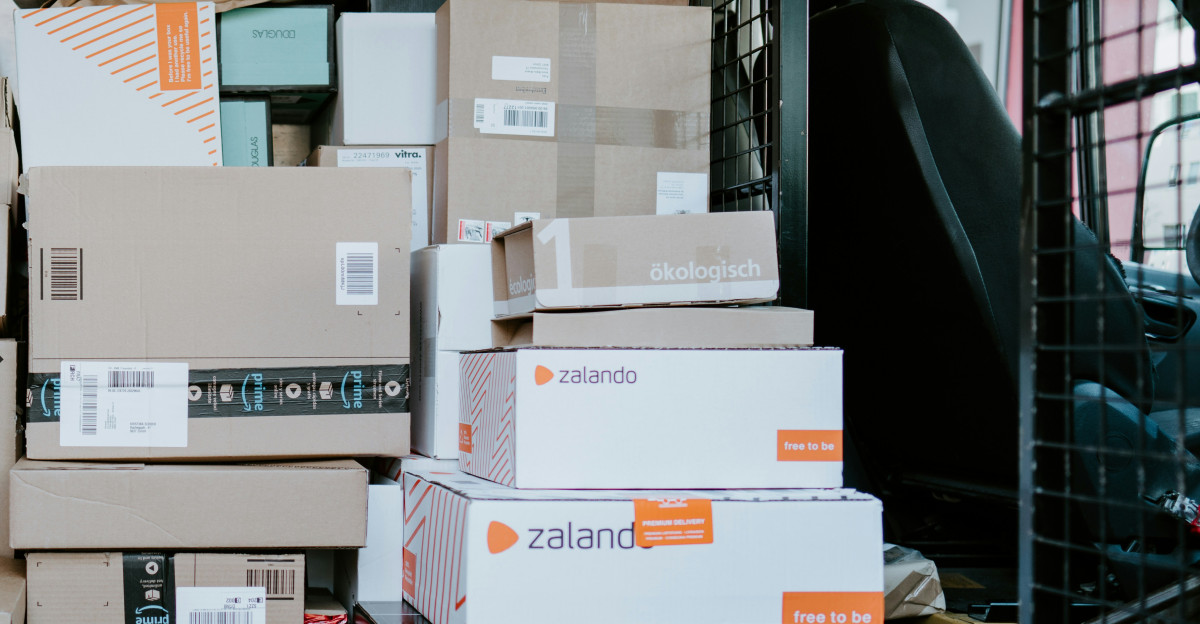
Amazon’s delivery network moves more than 1.6 million packages daily, relying on thousands of employees and contractors. A mere 1% gain in efficiency could mean 16,000 extra parcels delivered each day. However, the risks are tangible; malfunctions, misdeliveries, or safety concerns could undermine customer trust at scale.
Can you imagine a bot dropping your neighbor’s medication in the wrong mailbox, or colliding with a toddler on a sidewalk? Will seamless automation outweigh the messiness of reality?
Roots of Automation
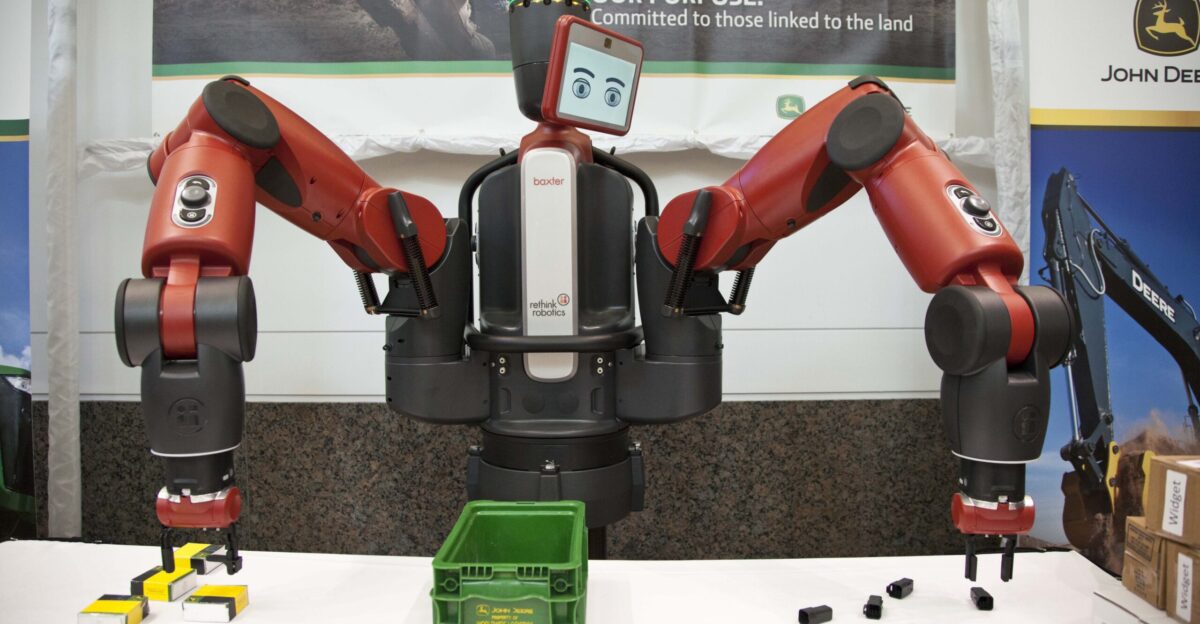
Amazon’s reliance on robotics goes back years. Since 2012, the company has deployed more than 750,000 robots in its warehouses to sort, pack, and move goods. In 2023, humanoid robots like Agility’s Digit began tackling warehouse tasks, laying the groundwork for today’s delivery experiments.
The question now is: Can what worked in tightly controlled warehouses survive the chaos of real-world streets, where a barking dog or a cracked curb might throw off a carefully calibrated machine?
Pressure to Deliver

Why the rush? The race for faster delivery intensifies, with competitors offering same-day or even hour-of-order fulfillment. Labor shortages and rising costs are squeezing margins, prompting a search for transformative tech.
Behind the scenes, Amazon is ramping up R&D spending, fast-tracking pilot programs, and leaning harder on AI-driven logistics to stay ahead. Every delay is a risk, losing market share, falling behind expectations, or watching rivals set the new standard.
Humanoids Deployed
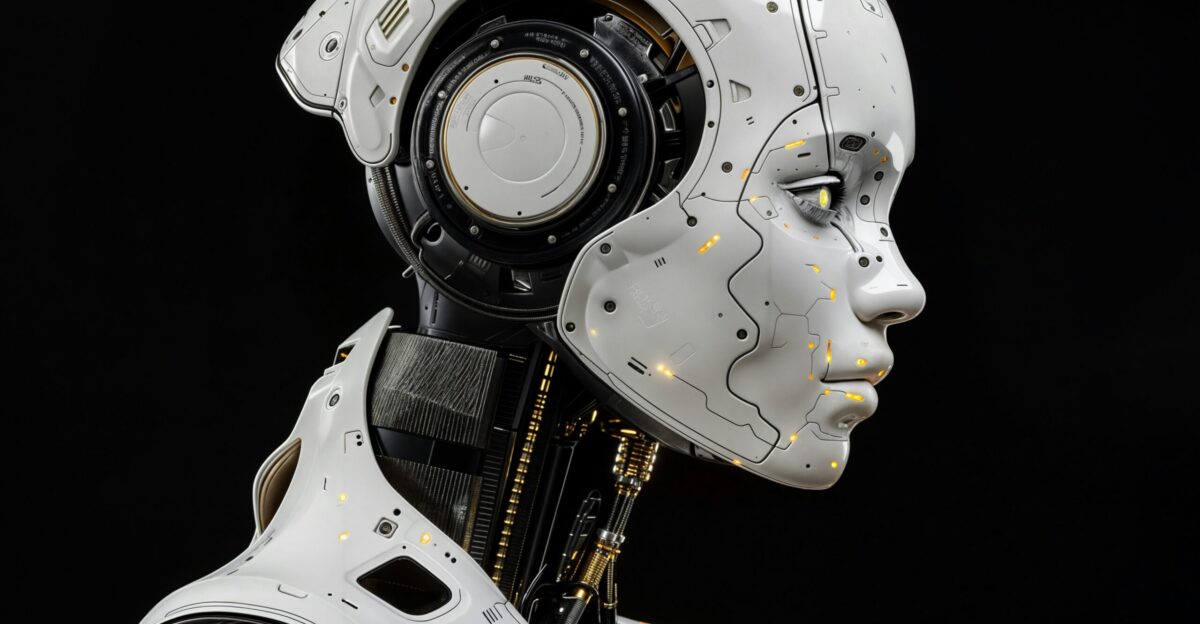
On June 5, 2025, Amazon began live testing humanoid robots at a San Francisco facility. Built by U.S.-based Agility Robotics, the bots exit and enter Rivian electric vans to perform last-mile deliveries on a closed indoor obstacle course, roughly the size of a coffee shop.
If they succeed in these controlled settings, Amazon plans to move trials outdoors, where pets, children, and uneven terrain await. What happens when a bot encounters a runaway stroller or a distracted cyclist veering into its path?
Local Impact Unfolds
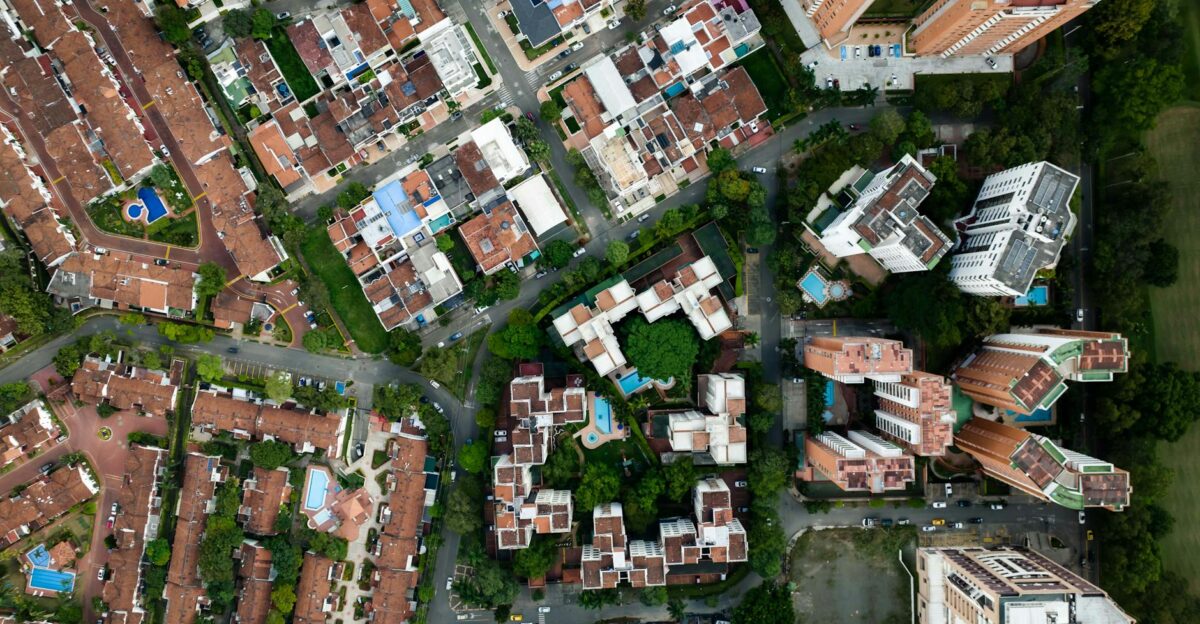
Although Amazon’s pilot is centered in San Francisco, its potential impact extends far beyond. The city’s density and complex urban layout offer a rigorous testing ground. Observers note that the robots must prove themselves in environments far messier than warehouses.
Success here could accelerate adoption in other cities, but a single public incident could spark backlash or trigger new regulations. One wrong move could dominate headlines.
Human at the Door
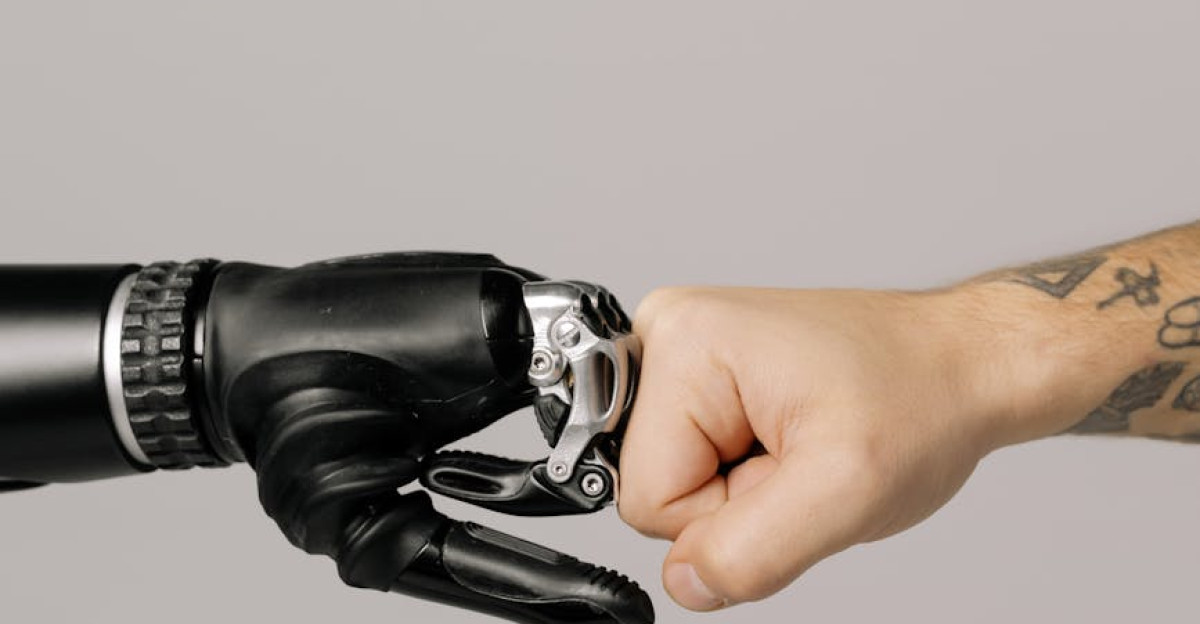
Some delivery drivers see the robots as teammates … at least for now. Early tests suggest a robot might drop off one package while the human handles another, potentially doubling efficiency on dense routes. But unease lingers. Drivers worry about job security, awkward handoffs, or technology that falters under pressure.
What happens if a robot freezes mid-task, gets stuck on a stoop, or stares down a barking dog? Who’s left holding the parcel and the blame?
Eyeing the Competition

Amazon isn’t alone in the robot delivery game. Competitors like DoorDash and Uber Eats are also experimenting with drones and wheeled bots already in select cities. San Francisco regulators closely monitor all robotic efforts, while labor groups warn that widespread humanoid adoption could accelerate job losses.
Amazon’s trial outcomes may influence future regulations and industry norms. A stumble here could tilt the scales for everyone.
Macro Moves
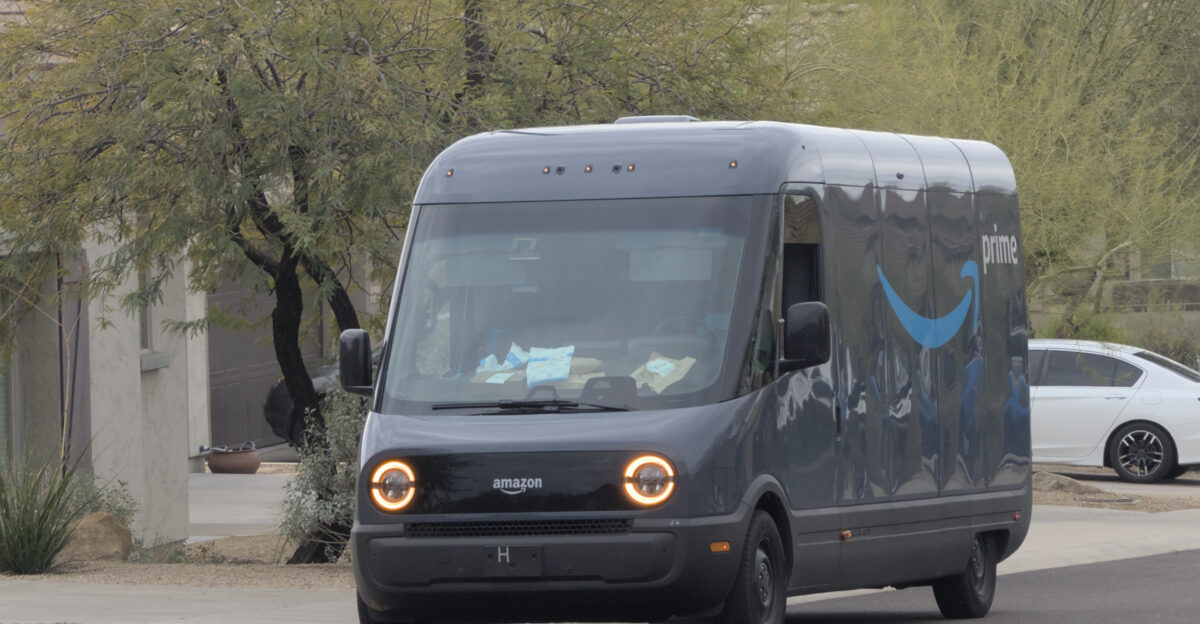
The wider logistics sector is rapidly embracing automation. By 2024, more than 2 million last-mile delivery robots were projected to be in service globally, up from 680,000 in 2022. Amazon’s broader plan includes deploying 100,000 Rivian electric vans by 2030 to support its net-zero carbon pledge.
But beyond sustainability, robot reliability remains in the spotlight as hardware, software, and street-level complexity introduce new variables. Can code prepare a bot for an off-leash dog or a front step slick with rain?
Unintended Fallout
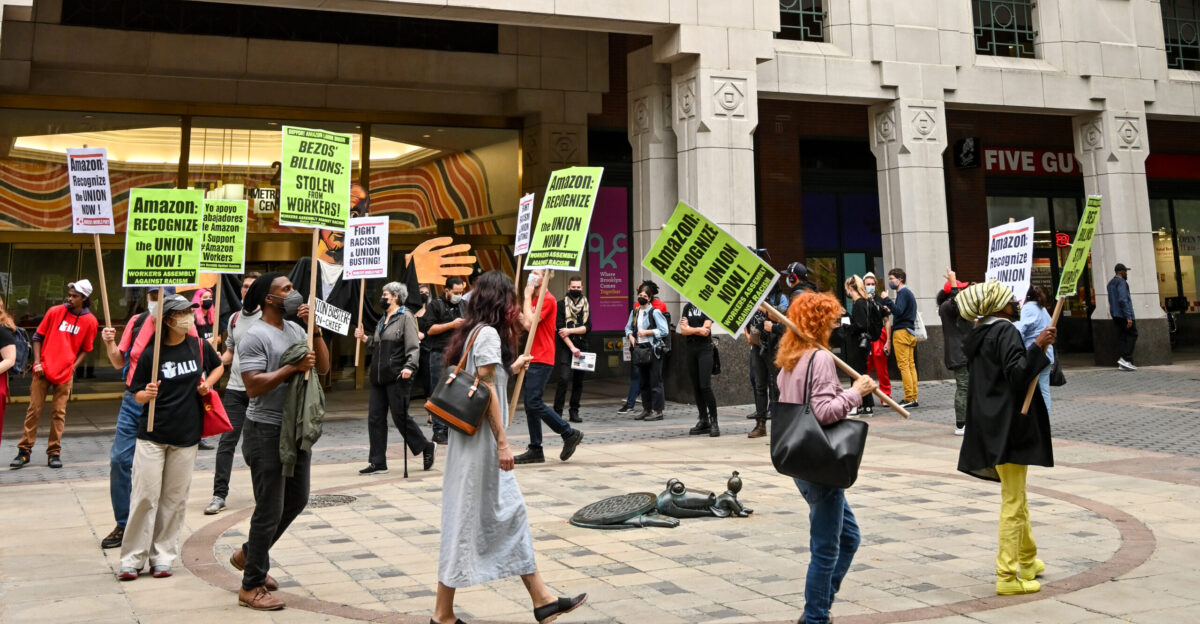
Automated delivery may bring unintended side effects. Labor unions fear rapid job erosion, while customers raise concerns over glitches, privacy, and safety. Robots that operate 24/7 could shrink delivery windows and increase surveillance fears.
So far, tests have avoided unpredictable real-world elements, but regulators and Amazon are bracing for broader challenges as trials expand. What happens when the bot doesn’t just get it wrong … but does so on camera?
Tensions Inside

Not everyone inside Amazon is on board. Some employees worry about layoffs if humanoid robots prove viable. Franchisees managing many delivery routes want clarity on who will handle robot training, maintenance, and liability.
Internal forums reflect rising debate: Does the pursuit of speed risk compromising safety or customer loyalty? The tension between innovation and impact is growing louder.
Leadership’s Bet
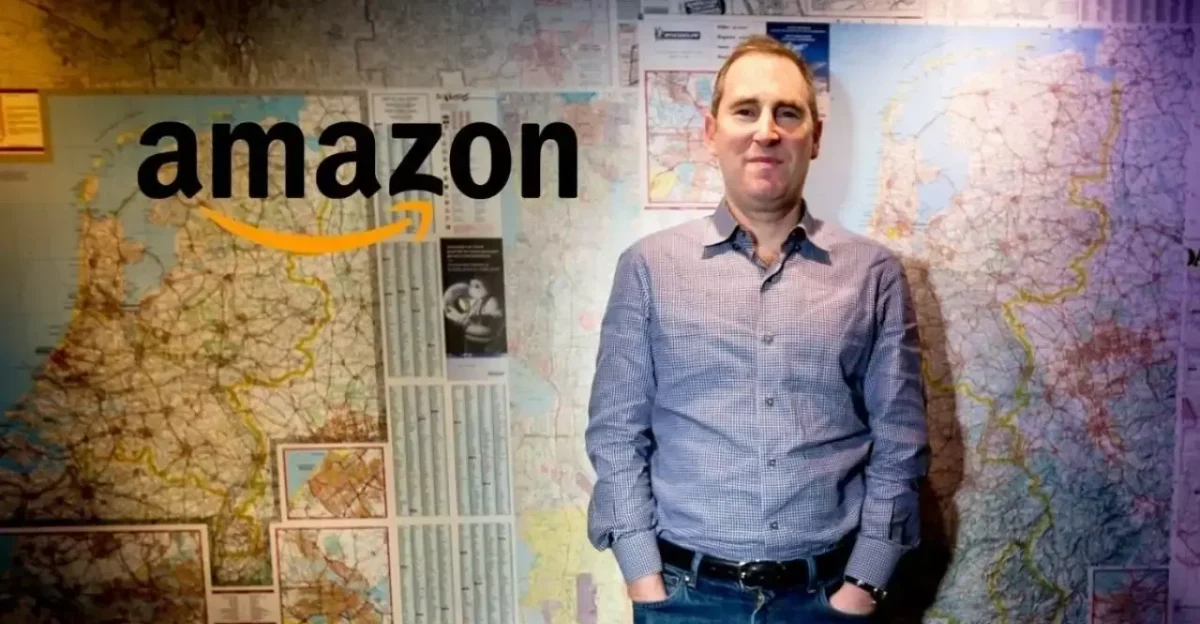
CEO Andy Jassy remains the project’s most vocal champion, positioning it as a bold extension of Amazon’s “why” mindset. Meanwhile, the company’s “agentic AI” division is growing rapidly, pulling talent from top robotics and AI institutions.
This top-down backing suggests that humanoid delivery isn’t just a side project; it’s a strategic play to shape the future of logistics rather than follow it. But even the boldest vision can run aground on a single unforeseen variable.
Reset and Rethink

Amid scrutiny, Amazon has announced plans for greater transparency, including routine progress updates and public safety assurances. Design tweaks – from more intelligent sensors to kid-safe navigation modes – highlight a test-and-learn approach.
Industry experts predict that Amazon’s endgame may be hybrid: humans handling complex edge cases, robots managing repetitive routes, and the system thriving on both strengths. But can this balance hold under real-world pressure?
Skeptical Eyes
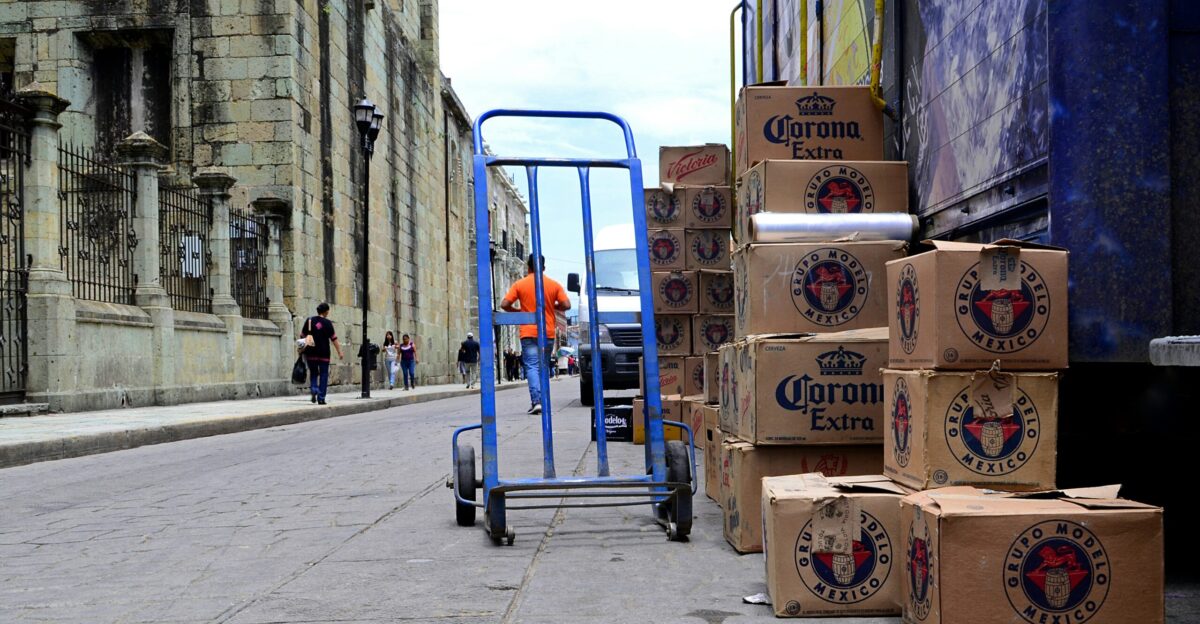
Still, not all experts are convinced. Robotics researchers question whether humanoids can adapt to the unpredictable nature of U.S. neighborhoods. Analysts point to costs, from repairs to licensing to insurance, as major hurdles. History shows that scaling tech from lab to curb often reveals unexpected setbacks.
Just imagine: a holiday season bot breakdown, with thousands of packages stalled at the curb. The race is on, but the outcome remains far from certain.
What’s Next?
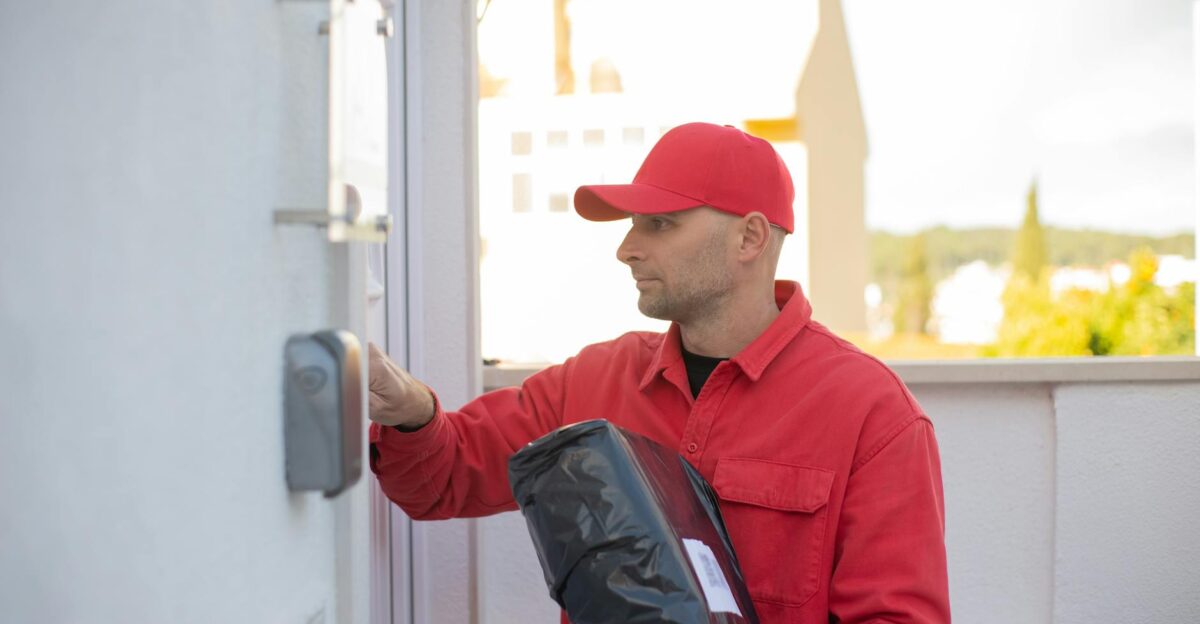
Will a robot or a human ring your doorbell in 2026? The timeline remains hazy, but one thing’s clear: Amazon’s pilot could spark a delivery revolution or detour into cautionary tale territory. How many glitches, missteps, or public incidents can the project weather?
As bots and humans compete for the last mile, the answer may define the future of logistics for decades to come.
